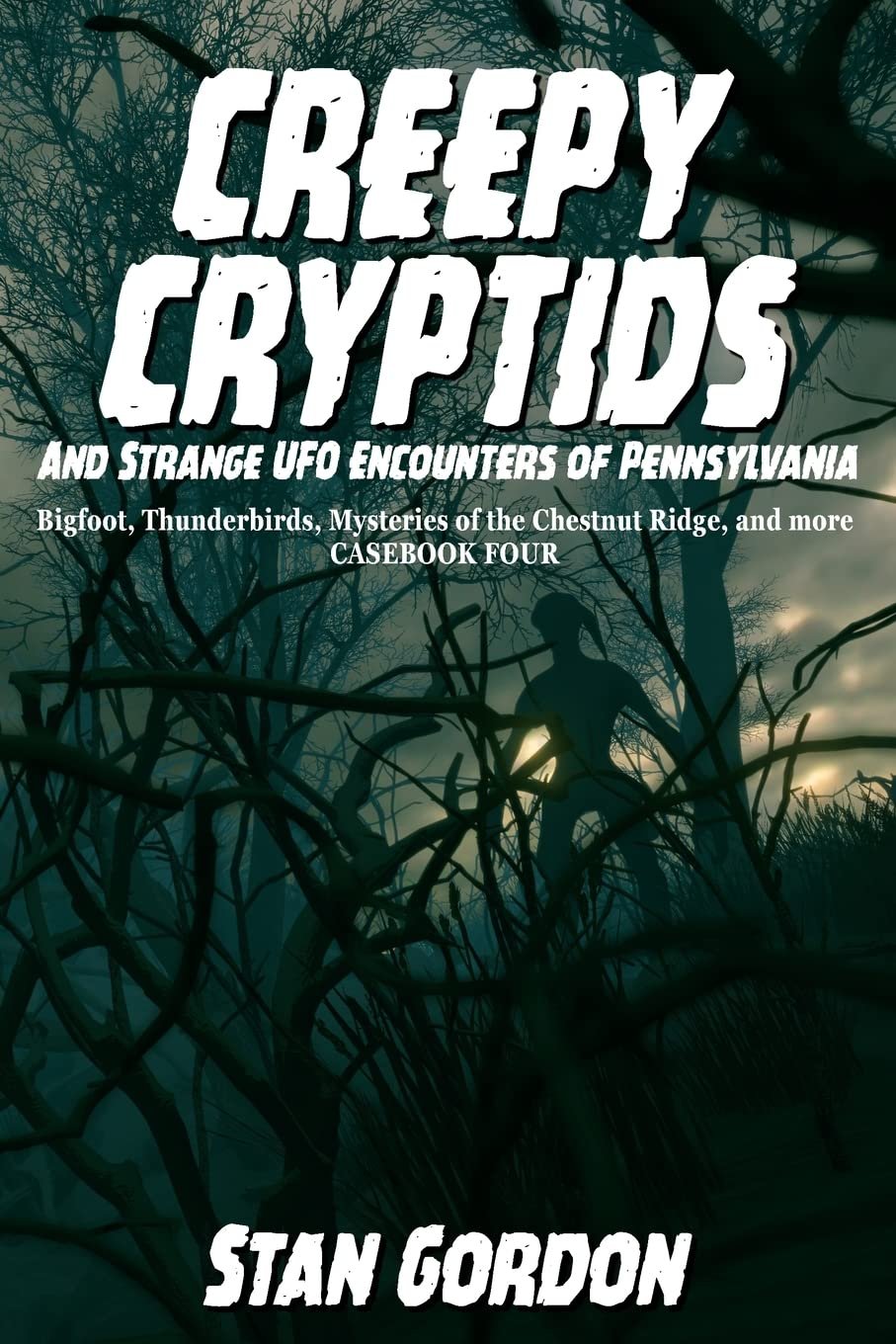Ep 233: What It Wasn't: Or "How I learned to stop dismissively categorizing potentially paranormal events as mass hysteria"
“So goodbye, everybody, and remember, please, for the next day or so, the terrible lesson you learned tonight. That grinning, glowing, globular invader of your living room is an inhabitant of the pumpkin patch, and if your doorbell rings and nobody’s there, that was no Martian; it’s Halloween.”
Description:
Often when one hears about some group of people claiming to experience a highly strange event or similarly acting out in bizarre and irrational manners, it's easy and common to dismiss the episode as a case of "mass hysteria." Phenomena like the audience reaction to Orson Welles' War of the Worlds radio broadcast, "The Dancing Plague of 1518," the "Windshield-Pitting Mystery of 1954," and "The Mad Gasser of Mattoon" are considered by much of the public to be examples of mass hysteria. In the late 1930s and decades after, some sociologists used occurrences like those to help model their theory of "Social Contagion." Like the idea that one or several people claim to experience something unusual, others hear about it and start to see the same thing. Soon it all spirals into an epidemic of vast numbers of people all testifying to the same weirdness with no real, mystical cause. But is the potentially antiquated term of mass hysteria or even its modern descendant "mass psychogenic illness" accurate or helpful? When explaining how some collectives of people can declare to see the same impossible thing, or how communities usually react in predictable patterns when faced with the Fortean, are they all just "hysterical" or "ill?" Are these events all the same? With the Enfield Monster, sociologist David L. Miller used the incident as a case study for what seems a more suitable way to think about many of the stories we cover, not as contagion or hysteria, but as "Collective Action and Behavior." We may never know what these cryptic creatures and mysterious happenings genuinely are, but at least we can better understand how people react to them and each other when they show up. Regarding the experiencers, we can know what it wasn't. These are important considerations because, after all, what is the value to humans if a paranormal event occurs and no one is around to witness it?
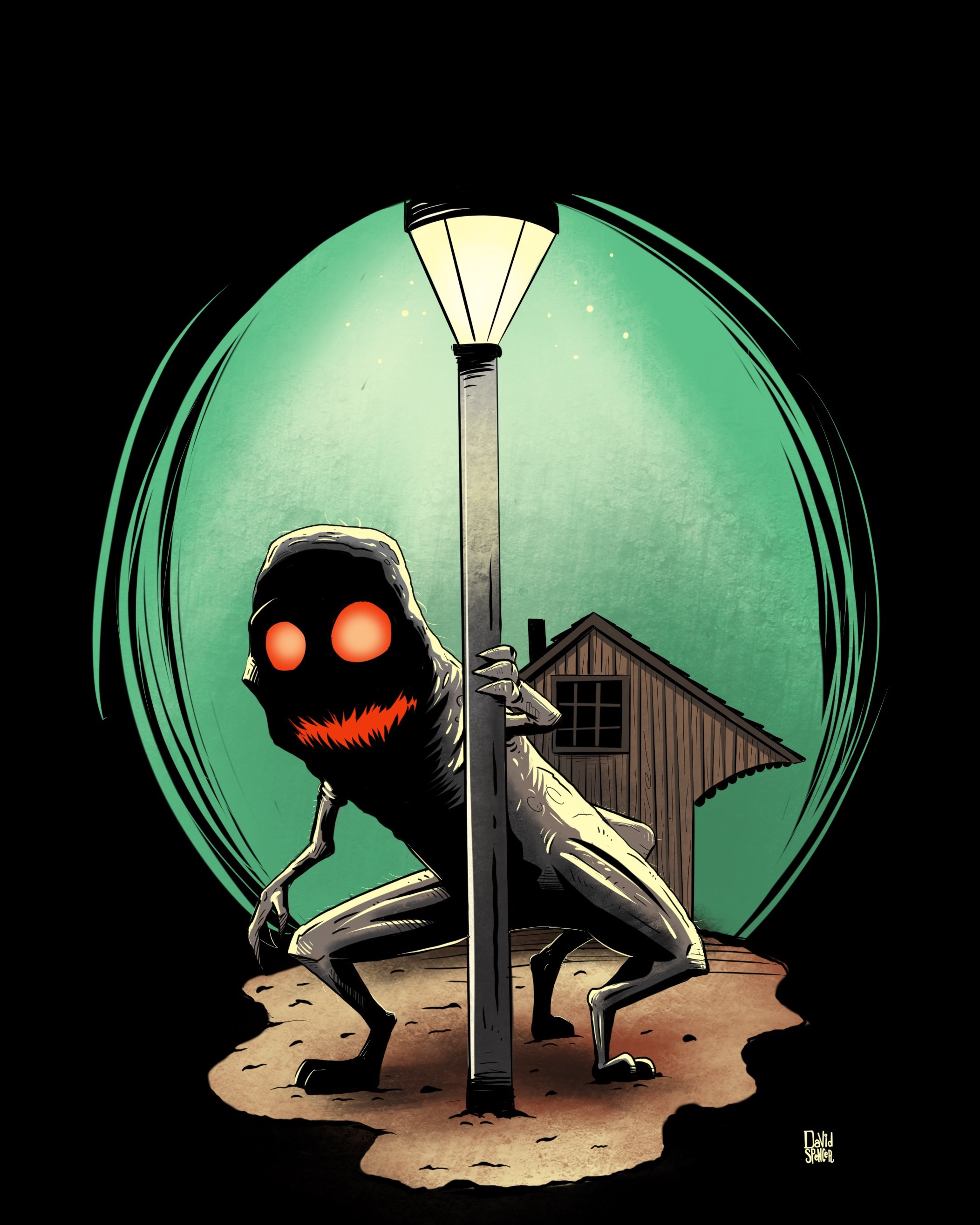
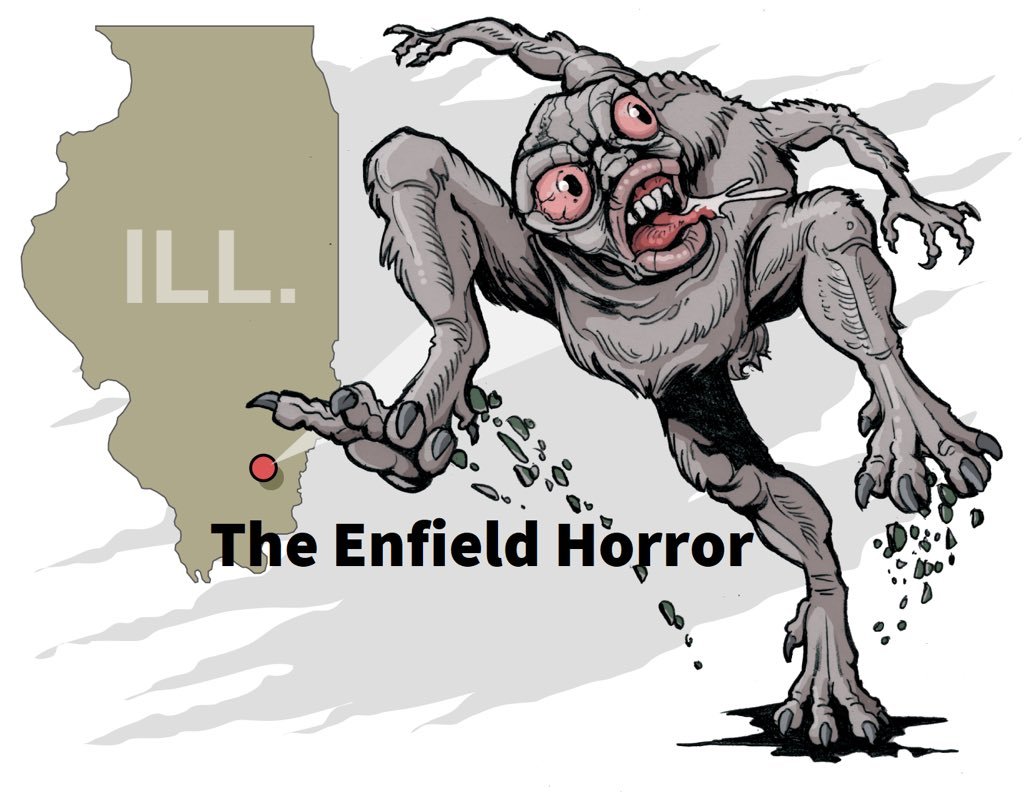
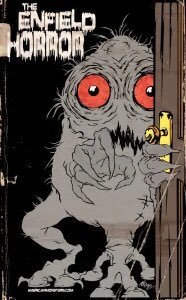

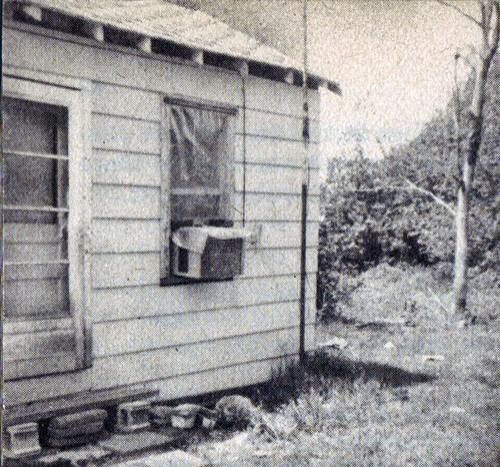



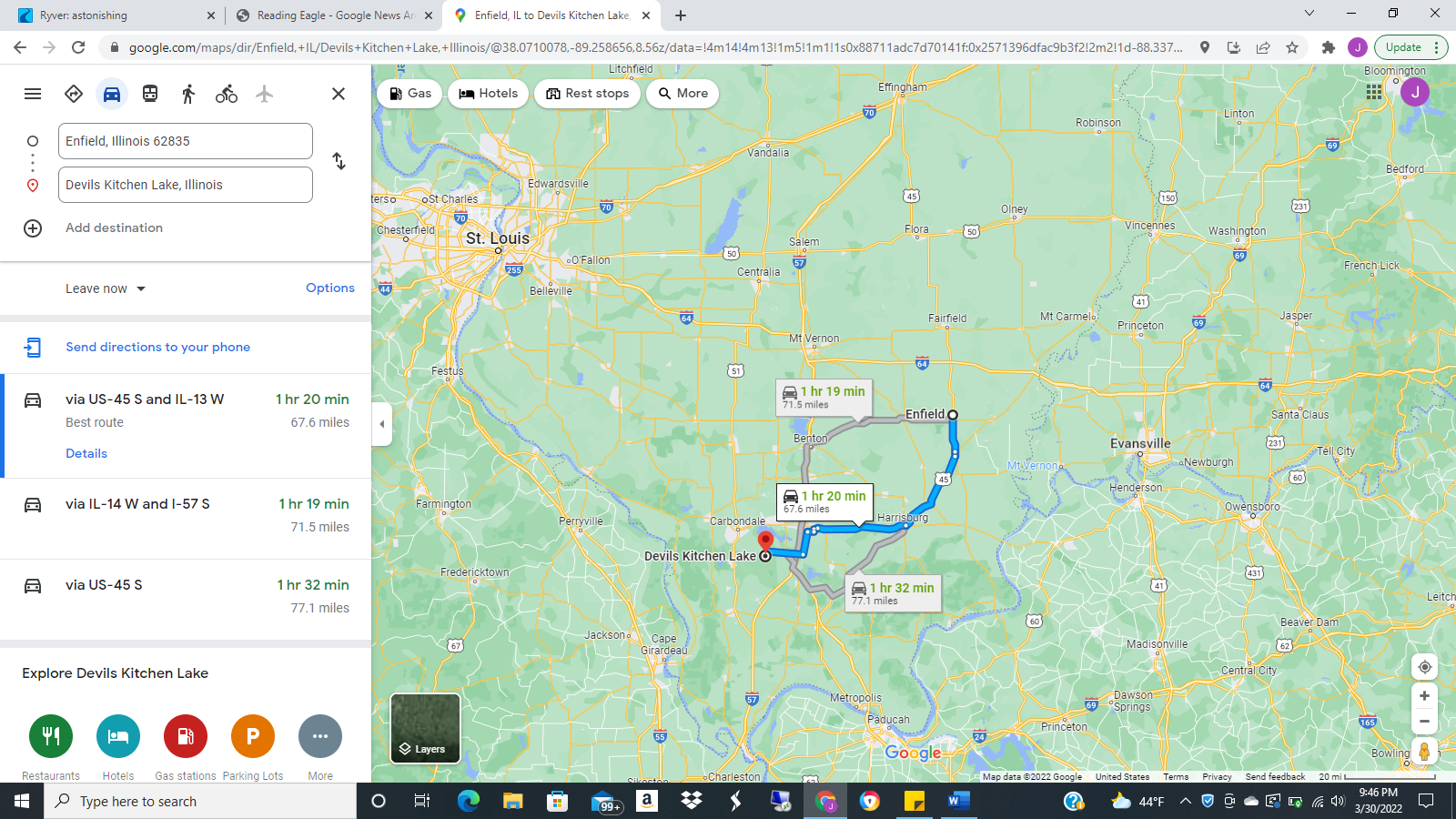
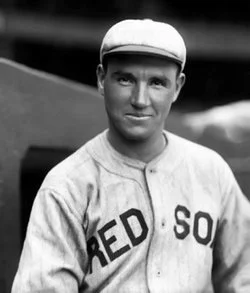
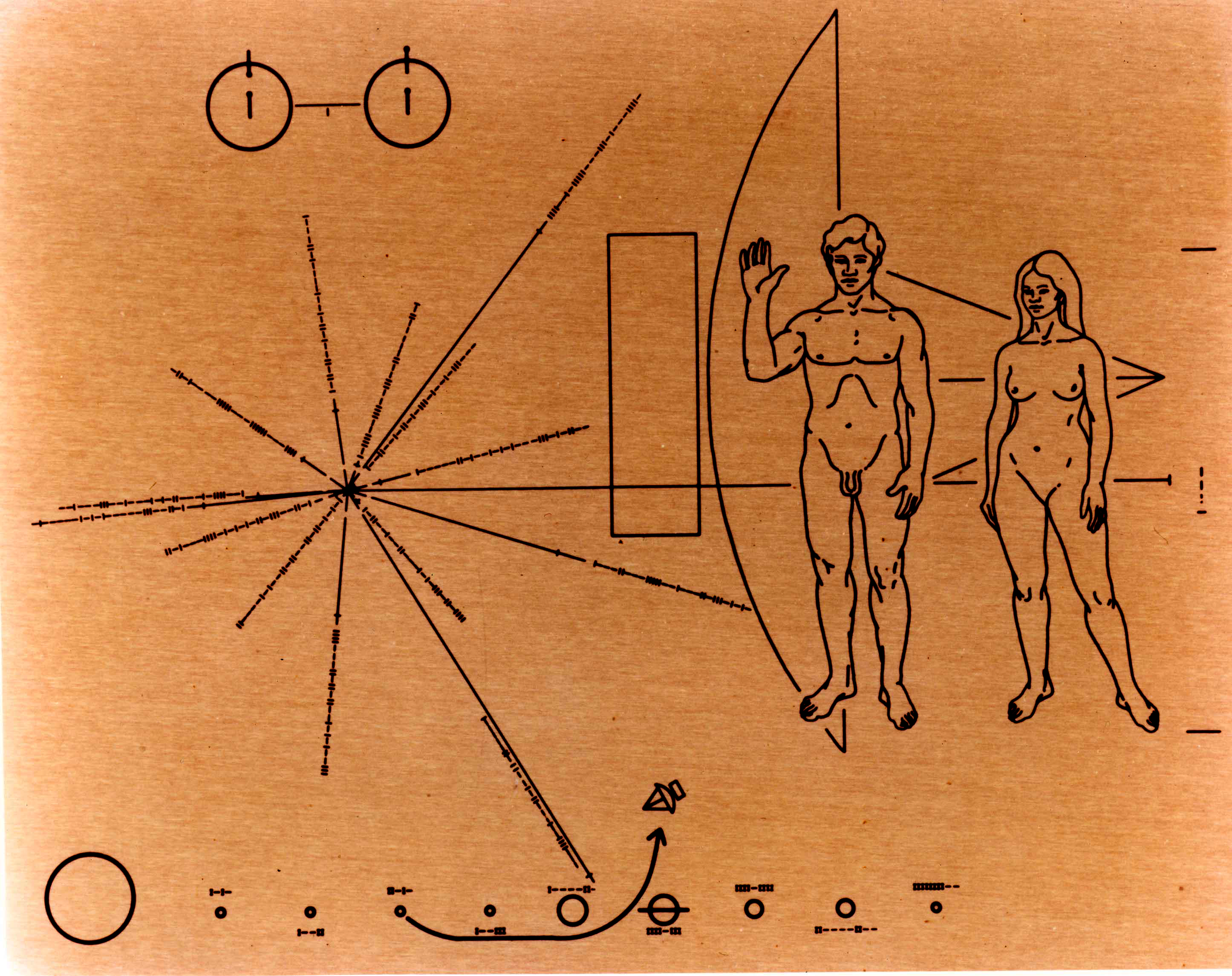
Location:
Enfield, Illinois, the town where the “Enfield Horror” or the “Enfield Monster” was reportedly sighted several times in late April and early May 1973.
Reference Links:
David L. Miller of Macomb, Illinois | 1944 - 2018 | Obituary
“Conversion Disorder and Mass Hysteria” by Scott Mendelson, M.D. on huffpost.com
“The Windshield-Pitting Mystery Of 1954” on NPR History Dept.
“Windshield pitting incidents in Washington reach fever pitch on April 15, 1954.” on HistoryLink.org
“Social Identity Theory” and Henri Tajfel, by Dr. Saul McLeod
French polymath, sociologist, and crowd psychologist Gustave Le Bon
“Sky Over China's Port City Turned Blood Red” from The Quint YouTube channel
“Chicago Ghost Hunter Richard Crowe Dies” on CBSNews.com/Chicago
“‘Monster’ is Pooh-Poohed” by Chris Dettro, from the Reading Eagle, August 22, 1973
“Enfield Monster – The Beginning of a Legend?” from The St. Cloud Daily Times on Newspapers.com
“Is Enfield Monster Midwestern Ape?” from the Evansville Courier and Press, June 10, 1973
“Strangers In the Night: The Enfield Monster Case Study” by Chris Darkes on medium.com
“Devil’s Kitchen, the Enfield Monster and UFOs” by Mark Tullis at the Republic-Times
Click here to get Stan Gordon’s new book!
〰️
Click here to get Stan Gordon’s new book! 〰️
Related Books:
SPECIAL OFFERS FROM OUR SPECIAL SPONSORS:
FIND OTHER GREAT DEALS FROM OUR SHOW’S SPONSORS BY CLICKING HERE!
CREDITS:
Episode 233: What It Wasn't: or "How I learned to stop dismissively categorizing potentially paranormal events as mass hysteria.” Produced by Scott Philbrook & Forrest Burgess; Audio Editing by Sarah Vorhees Wendel of VW Sound. Sound Design by Ryan McCullough; Tess Pfeifle, Producer, and Lead Researcher; Research Support from the astonishing League of Astonishing Researchers, a.k.a. The Astonishing Research Corps, or "A.R.C." for short. Copyright 2022 Astonishing Legends Productions, LLC. All Rights Reserved.

